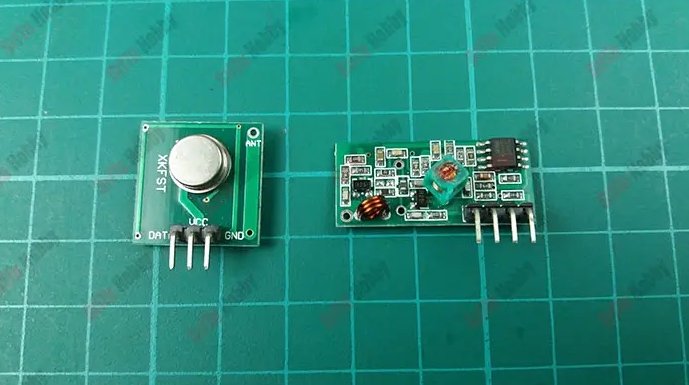How Wireless Module Selection Impacts Data Security in Smart Devices?
The operation of smart devices is highly dependent on wireless communications, which cannot be separated from the use of a wireless module. However, this convenience also comes with vulnerabilities. Attackers often exploit wireless interfaces to gain unauthorized access or compromise data integrity; therefore, it is critical to select wireless modules with strong security features. Manufacturers must evaluate encryption protocols, firmware update capabilities, and secure boot options to ensure optimal security. These elements work together to prevent data leakage and unauthorized code execution, ensuring that smart devices remain secure throughout their lifecycle.
Encryption Standards and Protocol Support
Not all Wireless Modules are created equal when it comes to encryption. Modules that support WPA3, TLS 1.3, or AES-256 encryption offer higher levels of data protection. When data is transmitted over open networks, strong encryption becomes the first line of defense.
Furthermore, modules should support secure communication protocols such as HTTPS, MQTT over TLS, or DTLS. These protocols ensure the confidentiality and integrity of data while in transit. Manufacturers should avoid modules that lack support for these modern standards, as outdated protocols can leave systems vulnerable to security risks.
Secure Boot and Firmware Updates
Security doesn’t stop at encryption. Secure boot ensures that only verified software is allowed to run on the device. This prevents attackers from loading malicious firmware onto the device. An ideal Wireless Module will include this capability, offering a root of trust at the hardware level.
Additionally, over-the-air (OTA) firmware updates are essential. Smart devices require regular security patch updates. A module that supports encrypted and authenticated OTA updates enables manufacturers to fix vulnerabilities post-deployment, thereby reducing long-term risks.
Authentication and Access Control
Authentication mechanisms in a Wireless Module determine how devices identify and authorize connections. Weak authentication can allow unauthorized devices to connect, posing a significant risk. Modules should support strong authentication methods such as certificate-based access or secure token systems.
Additionally, modules should support flexible access control configurations. For example, role-based access control (RBAC) helps restrict different levels of access to other users or systems, adding an extra layer of defense by minimizing what an attacker can do even if access is gained.

Hardware-Based Security Features
Software protections can only go so far without support from hardware. A secure Wireless Module should include hardware-based security features, such as trusted platform modules (TPMs), secure enclaves, or crypto co-processors. These features make it significantly more difficult for attackers to extract sensitive data, even if they have physical access.
Moreover, hardware isolation ensures that critical functions, such as encryption and key storage, are separated from general processing. This minimizes the attack surface and improves the overall resilience of the smart device against tampering or reverse engineering.
Regulatory Compliance and Industry Certifications
Security isn’t just about protecting the product—it’s also about meeting regulatory standards. Look for Wireless Modules that are certified for compliance with standards like FIPS 140-2, GDPR, or UL 2900. These certifications signal that the module has been independently tested for security.
In many industries, such certifications are required for the legal deployment of products. Choosing a compliant module not only strengthens security but also reduces legal and operational risks. Plus, it boosts customer trust, a key differentiator in today’s privacy-conscious market.

Supply Chain and Vendor Trustworthiness
Another overlooked aspect is the trustworthiness of the module vendor. A secure Wireless Module sourced from a reliable supplier is less likely to have backdoors or hidden vulnerabilities. Buyers should evaluate the vendor’s security track record, transparency, and support policies to ensure a secure and reliable experience.
Additionally, transparency in documentation and access to long-term support are essential. If issues arise, having a responsive vendor that prioritizes security updates can make all the difference in quickly and efficiently mitigating threats.
Balancing Performance with Security
It’s tempting to prioritize speed, range, or cost, but security should never be compromised. The best Wireless Modules strike a balance between performance and security. Choose modules that deliver reliable throughput and low latency while maintaining robust security controls.
Moreover, the integration process should not weaken security. Developers must ensure that security features are correctly implemented and not bypassed in order to achieve a faster time-to-market. Investing a bit more upfront can save a fortune in breach-related costs later.
Final Thoughts on Wireless Module Security
The choice of Wireless Module significantly affects the data security posture of smart devices. From encryption and authentication to firmware updates and vendor trust, every factor contributes to safeguarding digital assets. By making informed decisions during the design phase, manufacturers can reduce risk, ensure compliance, and build user trust.







